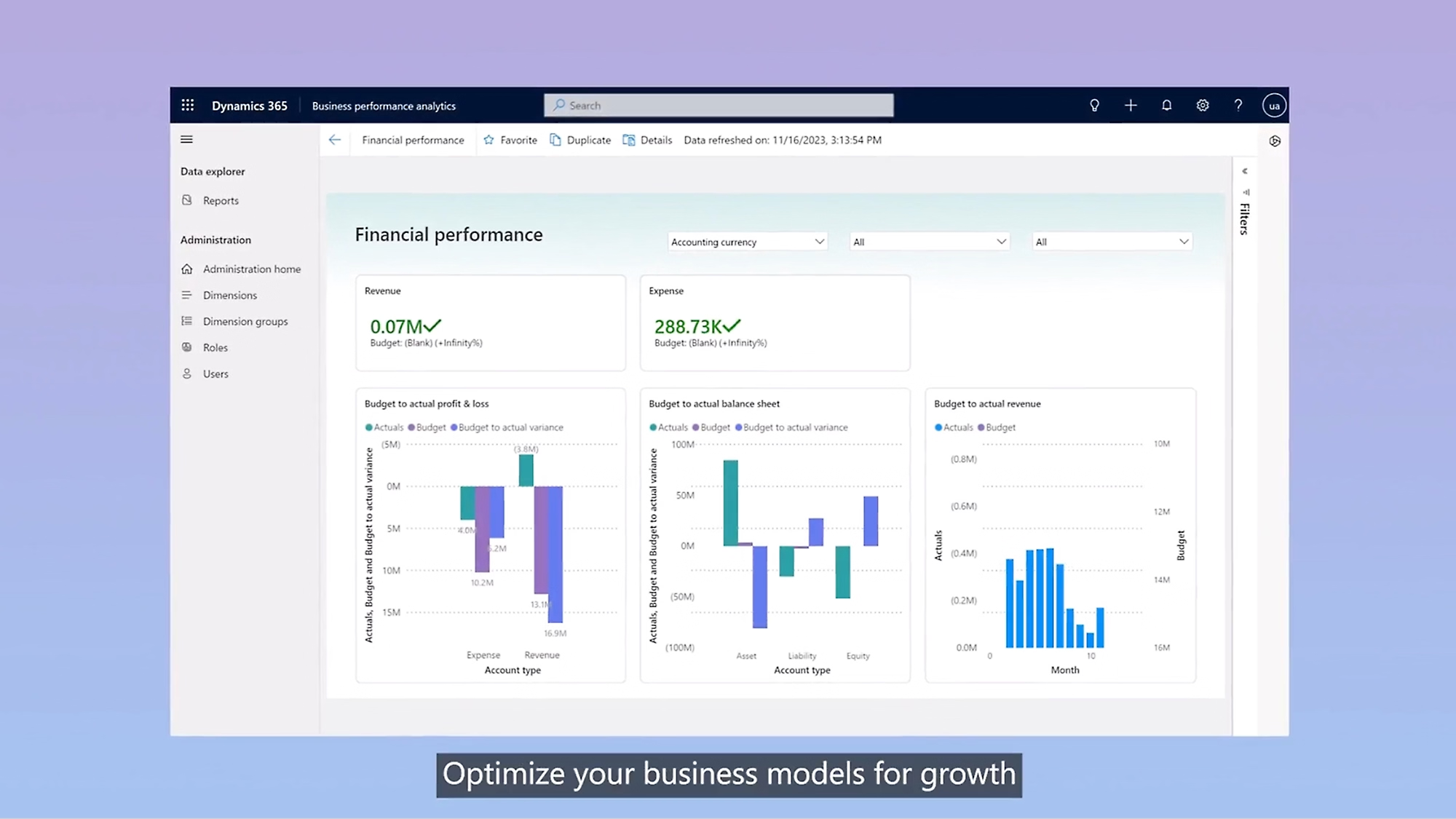For over a decade, Microsoft Dynamics AX served as a reliable ERP solution for enterprises worldwide. It helped organizations streamline finance, supply chain, and operations in ways that were groundbreaking at the time. However, as digital transformation accelerates and customer expectations rise, legacy ERP systems like Dynamics AX are no longer sufficient.
Enter D365 Finance and Operations (D365 F&O)—Microsoft’s cloud-based ERP platform designed for modern businesses. Moving from Dynamics AX to D365 F&O isn’t just an upgrade; it’s a strategic investment in agility, scalability, and intelligence.
In this article, we’ll explore why businesses are transitioning to D365 Finance and Operations, the benefits of upgrading, and how organizations can position themselves for success.
Why Dynamics AX Is Becoming Obsolete
Dynamics AX was once a market leader, but technology and business needs have evolved rapidly. Companies running on AX face challenges such as:
- End of support: Microsoft has ended mainstream support for Dynamics AX, leaving businesses exposed to security and compliance risks.
- Limited scalability: On-premises infrastructure hinders quick adaptation to growth or new business models.
- High maintenance costs: Managing servers, upgrades, and patches adds financial and operational burdens.
- Lack of modern features: AX doesn’t integrate easily with AI, analytics, and cloud-native tools.
These limitations push organizations to upgrade Dynamics AX to Dynamics 365 Finance and Operations, which addresses these gaps and prepares businesses for the future.
Key Benefits of Upgrading to D365 Finance and Operations
1. Cloud-Native Agility
Unlike AX, which is on-premises, D365 Finance and Operations is a cloud-based solution. This means businesses can scale up or down instantly, deploy globally with ease, and reduce reliance on physical infrastructure. Cloud deployment also enables automatic updates, ensuring organizations always run the latest features.
2. Real-Time Insights
Data is one of the most valuable assets today. D365 F&O integrates seamlessly with Microsoft Power BI and AI-driven analytics to provide real-time insights. This empowers leaders to make faster, data-backed decisions instead of relying on static, outdated reports.
3. Lower Total Cost of Ownership
Maintaining Dynamics AX involves high costs, including servers, IT teams, and frequent upgrades. With D365 Finance and Operations, those costs are replaced by predictable subscription pricing. Businesses reduce capital expenditure while benefiting from Microsoft’s robust cloud infrastructure.
4. Stronger Compliance and Security
Security is a major concern for enterprises, especially those in regulated industries. D365 F&O comes with built-in compliance features, automatic updates, and enterprise-grade security from Azure. This ensures businesses stay compliant with global regulations like GDPR and SOX.
5. Integration with the Microsoft Ecosystem
D365 Finance and Operations integrates with Microsoft 365, Power Platform, and Azure services. This means employees can collaborate in Teams, automate workflows with Power Automate, and leverage advanced AI tools—all within a unified ecosystem.
6. Enhanced User Experience
User adoption can make or break an ERP system. AX often required extensive training due to its dated interface. By contrast, D365 F&O offers a modern, intuitive interface designed for productivity, reducing the learning curve and driving faster adoption.
Common Challenges During the Upgrade
While the benefits are clear, upgrading from AX to D365 F&O isn’t without challenges:
- Data complexity: Migrating years of historical data can be overwhelming without proper planning.
- Customization mapping: Many AX systems are heavily customized; not all customizations translate directly into D365 F&O.
- Change management: Transitioning to a new platform necessitates user training and effective communication to minimize resistance.
- Budget concerns: Businesses may hesitate due to upfront costs without realizing the long-term savings.
Addressing these challenges requires a structured approach and, often, a trusted Microsoft partner.
Best Practices for a Successful Upgrade
Organizations considering the move to D365 Finance and Operations should follow these best practices:
- Assess Current Systems: Conduct a thorough audit of your AX environment, including customizations, integrations, and data quality.
- Define Business Goals: Align the upgrade with objectives such as reducing costs, improving compliance, or enhancing customer experience.
- Cleanse and Prepare Data: Identify critical data, eliminate duplicates, and standardize formats to ensure a seamless migration.
- Leverage Standard Features: Optimize performance by utilizing out-of-the-box functionality whenever possible.
- Engage Stakeholders: Involve business and IT leaders early to align priorities and drive adoption.
- Partner with Experts: Work with an experienced Microsoft partner who specializes in D365 F&O upgrades.
The Strategic Value of Upgrading
Upgrading from Dynamics AX to D365 Finance and Operations isn’t just about replacing old software—it’s about future-proofing the business. Benefits include:
- Increased agility: Rapidly respond to market changes and growth opportunities.
- Improved decision-making: Gain real-time visibility into operations.
- Reduced costs: Lower IT overhead and infrastructure maintenance.
- Future readiness: Leverage AI, automation, and cloud scalability to stay competitive.
By making the switch, organizations position themselves to thrive in a fast-paced digital economy.
Final Thoughts
Dynamics AX was a reliable ERP system in its time, but it no longer meets the demands of modern businesses. The shift to Microsoft Dynamics 365 Finance and Operations provides the agility, intelligence, and scalability needed to compete in today’s market.
While the upgrade requires planning and investment, the long-term benefits far outweigh the challenges. From real-time insights to lower costs and stronger compliance, D365 F&O equips businesses with the tools to drive growth and resilience.
For organizations still running on Dynamics AX, the future is clear: upgrading to D365 Finance and Operations is not just an option—it’s a necessity for sustainable success.





